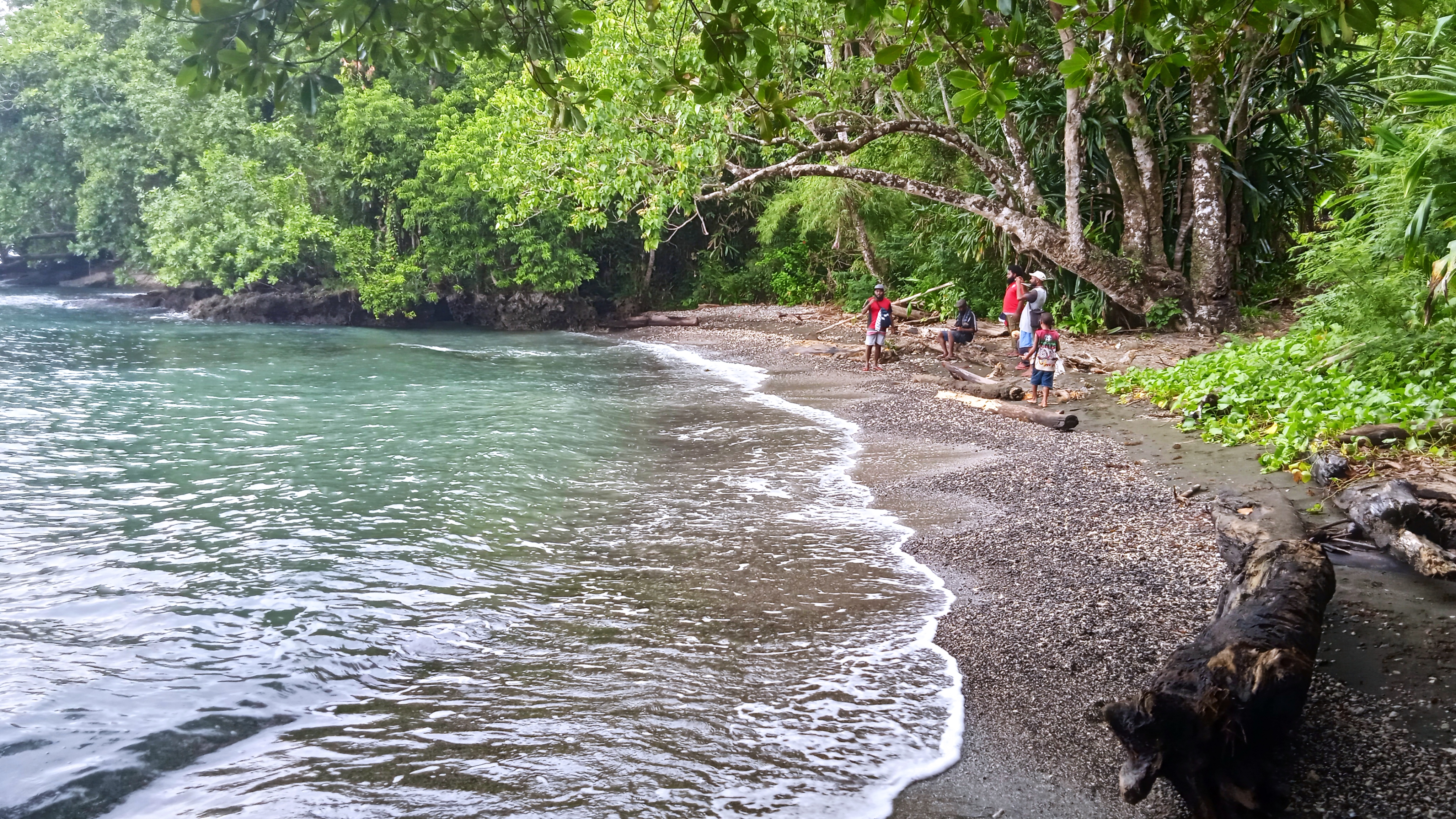The companies plan to dump millions of tonnes of toxic mining waste into the ocean of the Huon Gulf, in a waste management approach called DSTP - deep sea tailings placement.
Where will the mining waste go once it is dumped into the ocean?
What the companies say:
The companies have stated in fact sheets that ‘most of’ the mining waste will settle on the floor of the Markham Canyon, an underwater trench offshore from the Huon Gulf, deeper than 2km below the waterline.
However, the companies’ own scientists admitted in the EIS that only 60 per cent of the mining waste will reach the Markham Canyon, and approximately 40 per cent will be hanging in the water column.
This means that the companies own scientists admit that at least 144 million tonnes of mining waste will be hanging in the water of the Huon Gulf.
What an independent expert says:
Professor Ralph Mana says that less than 10 per cent of the mining waste will reach the Markham Canyon, and that 90 per cent of the mining waste will therefore be hanging in the water.
This means that at least 324 million tonnes of mining waste will be hanging in the water.
But if the companies use all of the reserves in the Wafi-Golpu deposit, there could be 1 billion tonnes of mining waste produced, meaning that 900 million tonnes of mining waste could be put into the water.
Professor Ralph Mana has also said that the tailings will travel 30km in every direction through the water, due to two different ocean currents travelling in different directions.
All villages and towns within a 30km radius of Wagang will be affected by tailings in the water. These will include Labu, Guado, Malolo. The impacts may impact towns up to Buakap, which is approximately 33km from Wagang, and Bukaua, which is 43km from Wagang.
